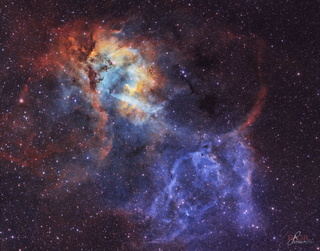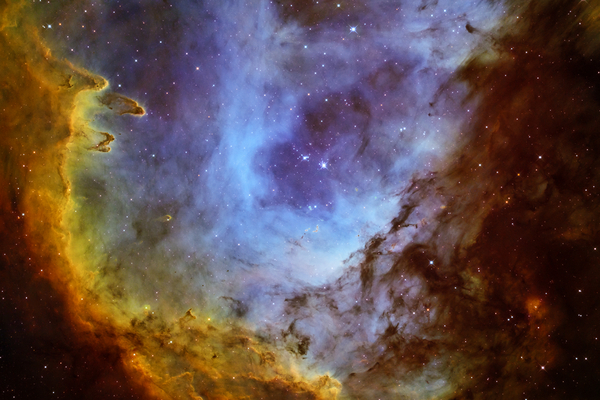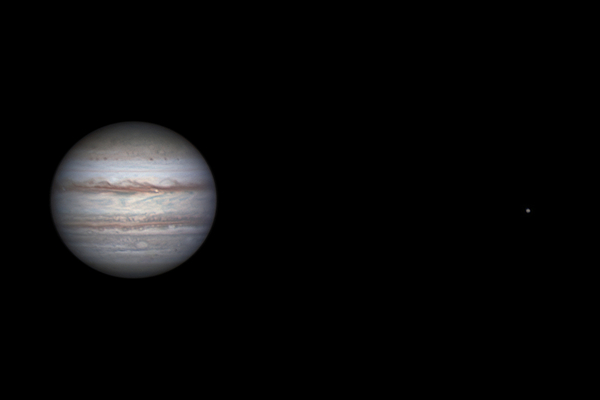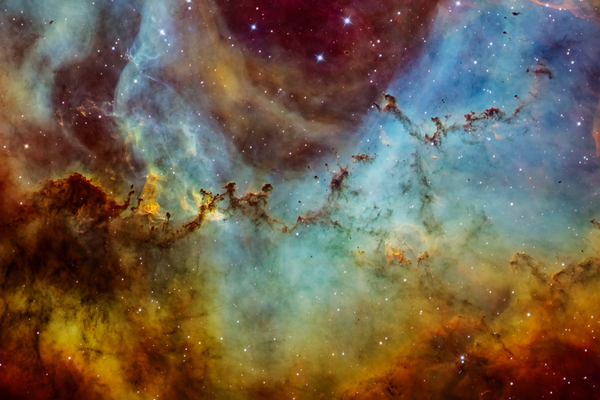Picture of the Month - December 2020 - Sh2-132 Celestial Lion near Cepheus
László Bagi's image of this rarely captured object in a wonderful color scheme
A wonderful and special astrophotography image each month by Hungarian astrophotographers.
Capturing faint nebulae is a great challenge to astrophotographers. It not only takes a lot of time imaging through a telescope to capture them, but also the special image acquisition techniques and visual renditions. László Bagi accomplished all three:
Taking advantage of the clear, starlit nights in August I chose a nebula large in extension as my next target. I tried to capture the emission nebula Sharpless 2-132 with excessively low surface brightness as detailed as possible. The interesting fact about this object is that an attentive observer can see a figure of a lion from profile in the nebula. I managed to capture this hiding lion with a special technique called narrowband astrophotography. This technique is similar to which the narrowband images of the Hubble Telescope are being processed with. The distance of the “Lion” is estimated to be 10.000 light years from Earth.
It is worth noting about the nebulae of the lesser-known Sharpless catalog, that in the late 1950s with the development of the early Hydrogen alpha narrowband filters astronomers had the opportunity to map the much fainter Hydrogen nebulae in our galaxy as well. Stewart Sharpless finalized his catalog, the so-called Sharpless 2-catalog containing Hydrogen or HII nebulae in the Milky Way in 1959, in which so far unknown, faint objects could be found, including the Lion Nebula. Together these findings have contributed to the better understanding of the structure of our galaxy. The astronomers were also helped by the “red nebulae”, as they carry the spiral structure of the Milky Way in their physical nature. This spiral structure can be hardly observed from Earth, as the disc-shaped Milky Way can only be seen from its "edge," as a continuous band. It was this difficulty that was later overcome by astronomers with precise observation, spectral analysis and determination of the own movement of red nebulae and other characteristic objects.
Some of these objects have interesting physics, some of them not, but each has the potential to look great on a modern astrophoto of an amateur astronomer as spectacular, painting-like shapes. The beauty of the Lion Nebula lies in the fact that the reddish-orange hydrogen-rich region is accompanied by a bluish area rich in ionized oxygen, which, using the special color palette (Hubble palette), shows the beautiful and unique color harmony seen in the picture.
László Bagi





